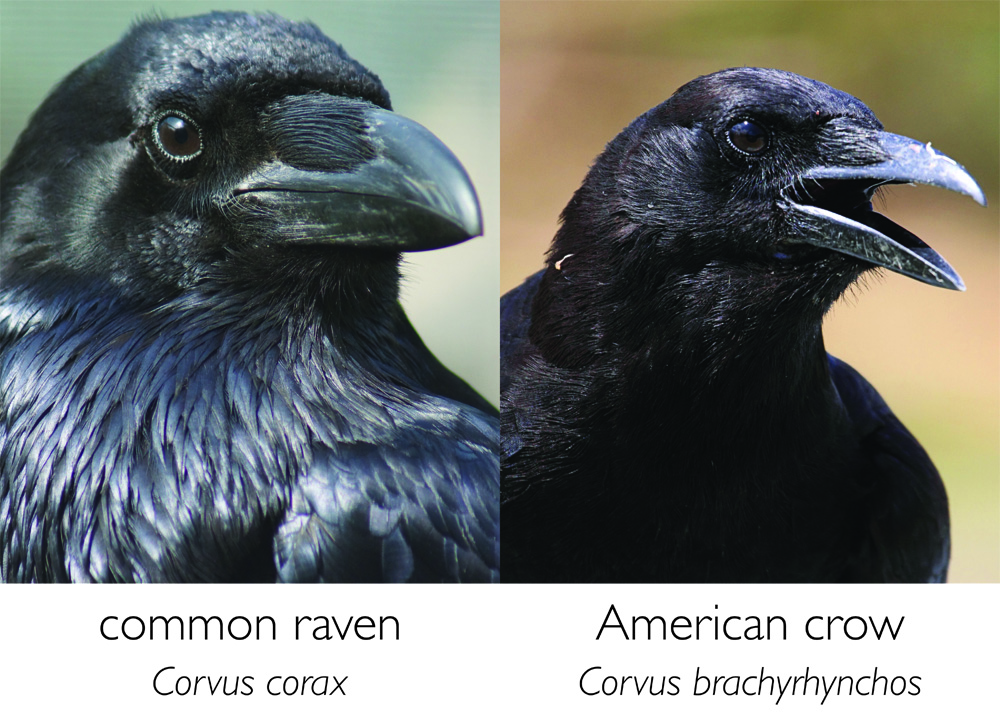Blog

#bioPGH Blog: Ravens and Crows
 A resource of Biophilia: Pittsburgh, #bioPGH is a weekly blog and social media series that aims to encourage both children and adults to reconnect with nature and enjoy what each of our distinctive seasons has to offer. From the best times to plant seasonal flora and enjoy their peak blooms, to astronomical events and creatures to keep an eye and ear out for, Phipps will keep you in the know with what’s going on in our environment!
A resource of Biophilia: Pittsburgh, #bioPGH is a weekly blog and social media series that aims to encourage both children and adults to reconnect with nature and enjoy what each of our distinctive seasons has to offer. From the best times to plant seasonal flora and enjoy their peak blooms, to astronomical events and creatures to keep an eye and ear out for, Phipps will keep you in the know with what’s going on in our environment!
 Ravens and crows tend to get a bad rap due to their menacing appearance and eerie calls, especially here in Pittsburgh, but we’re going to be seeing a lot more of them soon so it’s time to set the record straight! While crows and ravens do look very similar, are both extremely intelligent, and are both in the same genus, Corvus, they are, in fact, two different species of birds. Of the several members of the genus Corvus that reside in the United States, only two can be found in Western Pa: the American crow and common raven. While ravens do make an appearance here and there, the American crow, or Corvus brachyrhynchos, is the more commonly observed species in and around the city. These extremely intelligent and opportunistic birds are known for their problem-solving abilities and are even quite sociable, tending to travel in large groups. In the upcoming weeks you may begin to see more and more of these “cawing” creatures as they start to form communal roosts in trees throughout Western Pa. Northern-residing birds will begin heading towards the city for the winter at the end of October and will continue to arrive through mid-November. Although these large roosts may resemble something out of Alfred Hitchcock’s movie The Birds, you have absolutely nothing to fear, for all of these crows are simply converging together to sleep!
Ravens and crows tend to get a bad rap due to their menacing appearance and eerie calls, especially here in Pittsburgh, but we’re going to be seeing a lot more of them soon so it’s time to set the record straight! While crows and ravens do look very similar, are both extremely intelligent, and are both in the same genus, Corvus, they are, in fact, two different species of birds. Of the several members of the genus Corvus that reside in the United States, only two can be found in Western Pa: the American crow and common raven. While ravens do make an appearance here and there, the American crow, or Corvus brachyrhynchos, is the more commonly observed species in and around the city. These extremely intelligent and opportunistic birds are known for their problem-solving abilities and are even quite sociable, tending to travel in large groups. In the upcoming weeks you may begin to see more and more of these “cawing” creatures as they start to form communal roosts in trees throughout Western Pa. Northern-residing birds will begin heading towards the city for the winter at the end of October and will continue to arrive through mid-November. Although these large roosts may resemble something out of Alfred Hitchcock’s movie The Birds, you have absolutely nothing to fear, for all of these crows are simply converging together to sleep!
Connecting to the Outdoors Tip: No one really knows why crows gather in such large numbers to sleep. Some scientists believe it’s due to food and others for protection. Regardless, it’s considered one of the greatest animal phenomena to occur in the natural environment. Did you know that thousands of crows actually roost throughout Shadyside and Oakland? Their presence can be easily detected from above due to the large numbers that these birds travel in as well as by their constant chattering. The best way to locate roosts is to simply follow the birds! If you would like to see this phenomenon for yourself, however, please remember to be respectful of the birds and observe them from a safe and undisruptive distance. In addition to being very crafty creatures, crows are also capable of remembering the faces of their friends and foes for a very long time! If you’d prefer to observe these intelligent critters from home, you can take a firsthand look at the problem solving abilities of crows online. Now that you’ve had a chance to get to know these birds a bit better, you can pass on these fun crow facts to little ones while they create some holiday-themed crow crafts!
Continue the Conversation: Share your nature discoveries with our community by posting to Twitter and Instagram with hashtag #bioPGH, and R.S.V.P. to attend our next Biophilia: Pittsburgh meeting.
Additional Resources:
Audubon - Common Raven
Audubon - American Crow
Ravens and Crows – Who is Who
Frequently Asked Questions About Crows
Mystical and Magnificent Crow Crafts That Teach Legends and Facts
The Crow Is The Smartest Bird You’ve Ever Seen

